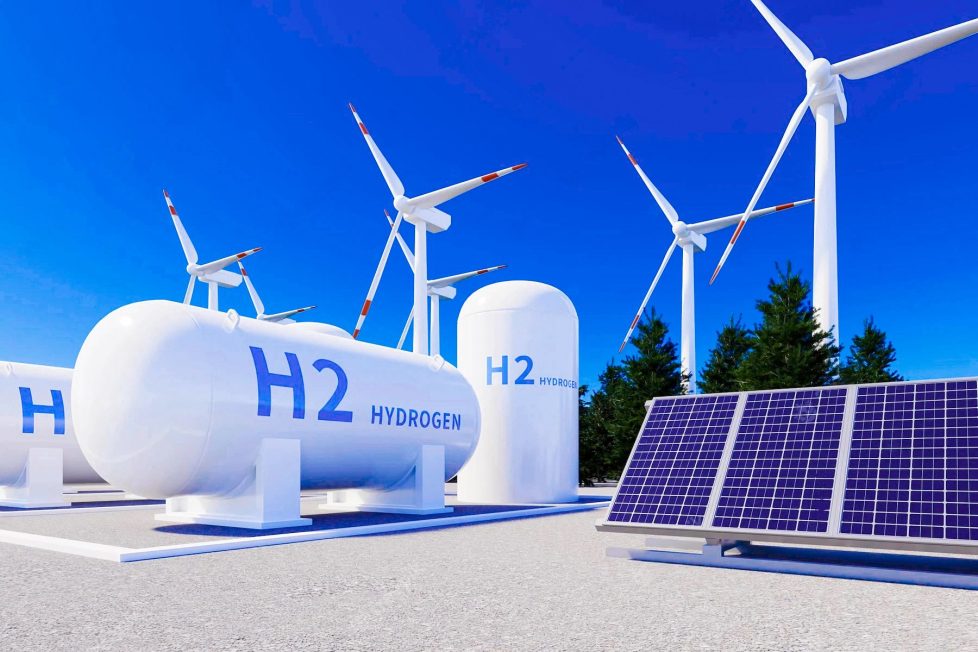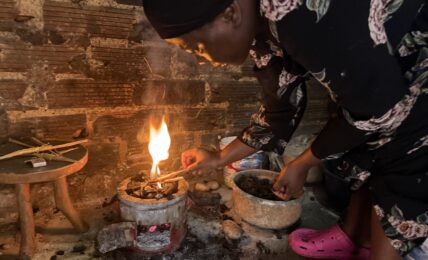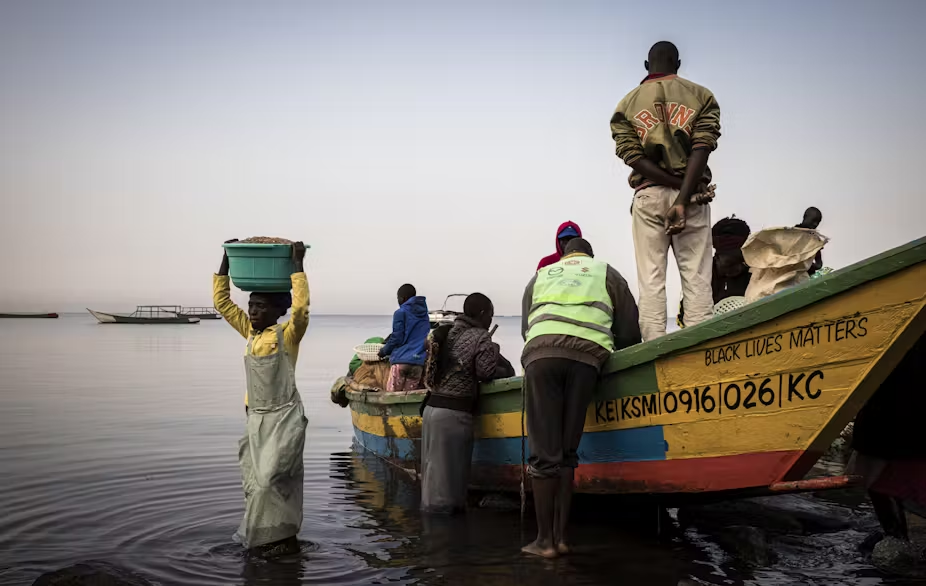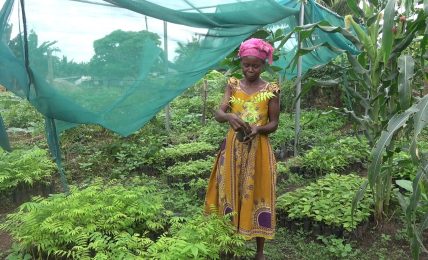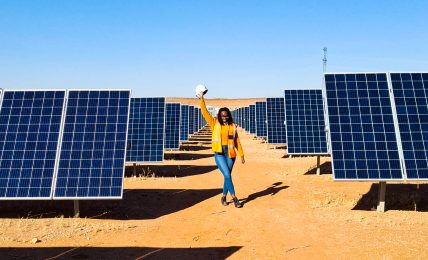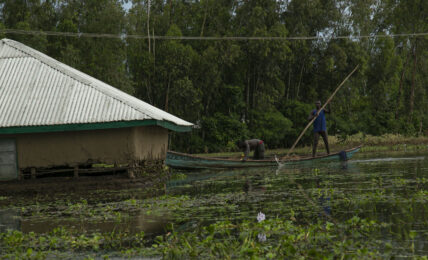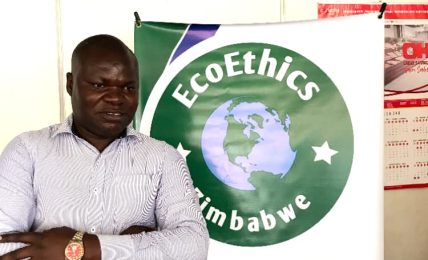South Africa is Making Progress Towards a Massive Green Hydrogen Facility
A deep-water port project and associated rail infrastructure, expected to form the backbone of a transformative South African green hydrogen initiative, is advancing, according to the country's ports authority.
